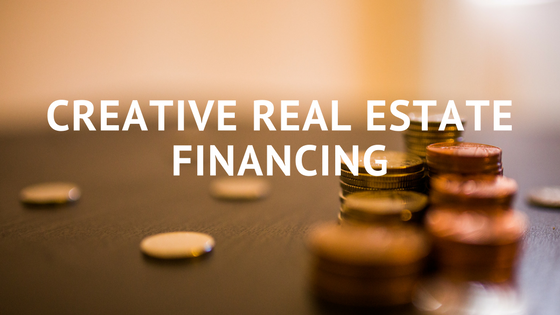
What can we do when faced with insufficient cash reserve or low margin of finance from bank(s) caused by stringent lending requirements by Bank Negara or short loan tenure due to age factor?
Does this sound familiar to you? Would you think about..
- Delaying the purchase until Bank Negara relaxes the lending requirements for banks
- Fabricate income for at least 6 months and reapply again(Illegal! Never do this!)
- Use creative financing legally
Most people will adopt Option 1, which is basically just – waiting because we will never know when Bank Negara will relax the lending requirements for banks.
In addition, the desired property you have chosen in the right location, right neighborhood and right price would have appreciated to a much higher value (due to inflation) when Bank Negara finally relaxes the lending requirements.
What about Option 2? It sounds like a smart and creative move. but it’s illegal, so don’t even think about it!
What else can the genuine property buyer turn to?
Good news! We can adopt creative financing to solve the above problem.
What does creative financing look like?
There are many ways in using creative financing. We will use a real life story to explain this technique.
Mr Ali (not his real name), 60, lives in Bangsar and has a big family of 8.
Since a number of his children have already started working and will also soon have their own family, he thought it would be a great idea to buy another property in Bangsar for his children so that they can be close to him.
Hence, he went on a search and buy mission. After a few property viewings with his real estate agent, he found a single storey house which had ticked off everything on his list and was just a stone’s throw away from his house.
The house was priced at RM1.2m. To secure his booking, he placed an earnest deposit with the registered estate agent company, and hurried to get his lawyer to prepare the sales and purchase agreement and proceeded to arrange financing for the property.
Since Mr Ali is a prudent investor and buyer, he has consolidated his cash to pay for his purchase.
His initial option was to pay down RM900k from the cash reserve in hand and borrow RM300k over a period of 10 years.
That sounds good and workable but are there better options? Since he is almost 60 years old, the maximum tenure of loan he can obtain is 10 years.
Let us assume the average interest is at 4.2% and the loan tenure is 10 years. The options available are as follow:
- Loan sum RM800K: repayment RM8200 per month.
- Loan sum RM600K: repayment RM6100 per month
- Loan sum RM300K: repayment RM3100 per month.
Should he take option 1 or 2, he will be burdened with heavy monthly repayment and may end up with no disposable cash left from his salary.
If he takes option 3, all his hard earned cash savings would be exhausted leaving him with no excess cash to renovate his property.
With the above challenges in mind, he decided to seek some recommendations and advice from banker and finance savvy friends.
After reviewing his situation above, his banker and finance savvy friends recommended that he takes up a join loan with his son who is 30 years of age. With that the loan tenure is now stretched to 30 years.
Let us assume the average interest at 4.2% and loan tenure 30 years. The NEW options available are as follow:
- Loan sum RM800K: repayment RM3900 per month.
- Loan sum RM600K: repayment RM2900 per month.
- Loan sum RM300K: repayment RM1500 per month.
Now, he has new options to select from. He decided to take option 2. The repayment is manageable with a sizable balance from his salary and he still has RM300k cash reserve for him to enhance and renovate his property.
We have just described one practical and legal approach to assist genuine property buyers when facing the challenges of tightening credit lending by Bank Negara over the last 3 years. There are many ways to finance your property purchase. Should you require further advice on property purchase or investment you can drop us an email at action.e2520@gmail.com
Like our Facebook page here —–> https://www.facebook.com/actionrealestate.my/
Action Real Estate copyrights reserved. Do not reproduce or copy the content of this post without first obtaining our consent.
About the Author

Sr. KC Law is a Registered Valuer, Estate Agent and Property Manager with The Board of Valuers, Appraisers, Estate Agents and Property Managers (BOVEAP) of Malaysia. KC Law is also an electronic engineer registered with the Board of Engineer Malaysia (BEM) and received his engineering training from Tunku Abdul Rahman College Malaysia and later at Hatfield Polytechnic United Kingdom. In the 1990’s he was involved with the digital transformation of Telecommunication infrastructure for Maxis and Telekom Malaysia. His passion for Real Estate in the 2000s led him to practice as a real estate negotiator in Ace Realty and later valuation and property management in Rahim & Co International. Several years later he founded Action Real Estate and Action Valuers & Property Consultants. His areas of expertise are in Real Estate Agency, Property Valuation, Property Management and Business Valuation. He is Member of The International Association of Certified Valuation Specialists of Canada, Member of Royal Institution of Surveyors Malaysia, Member of Malaysia Institute of Estate Agents and Member of Business Valuers Association of Malaysia.


